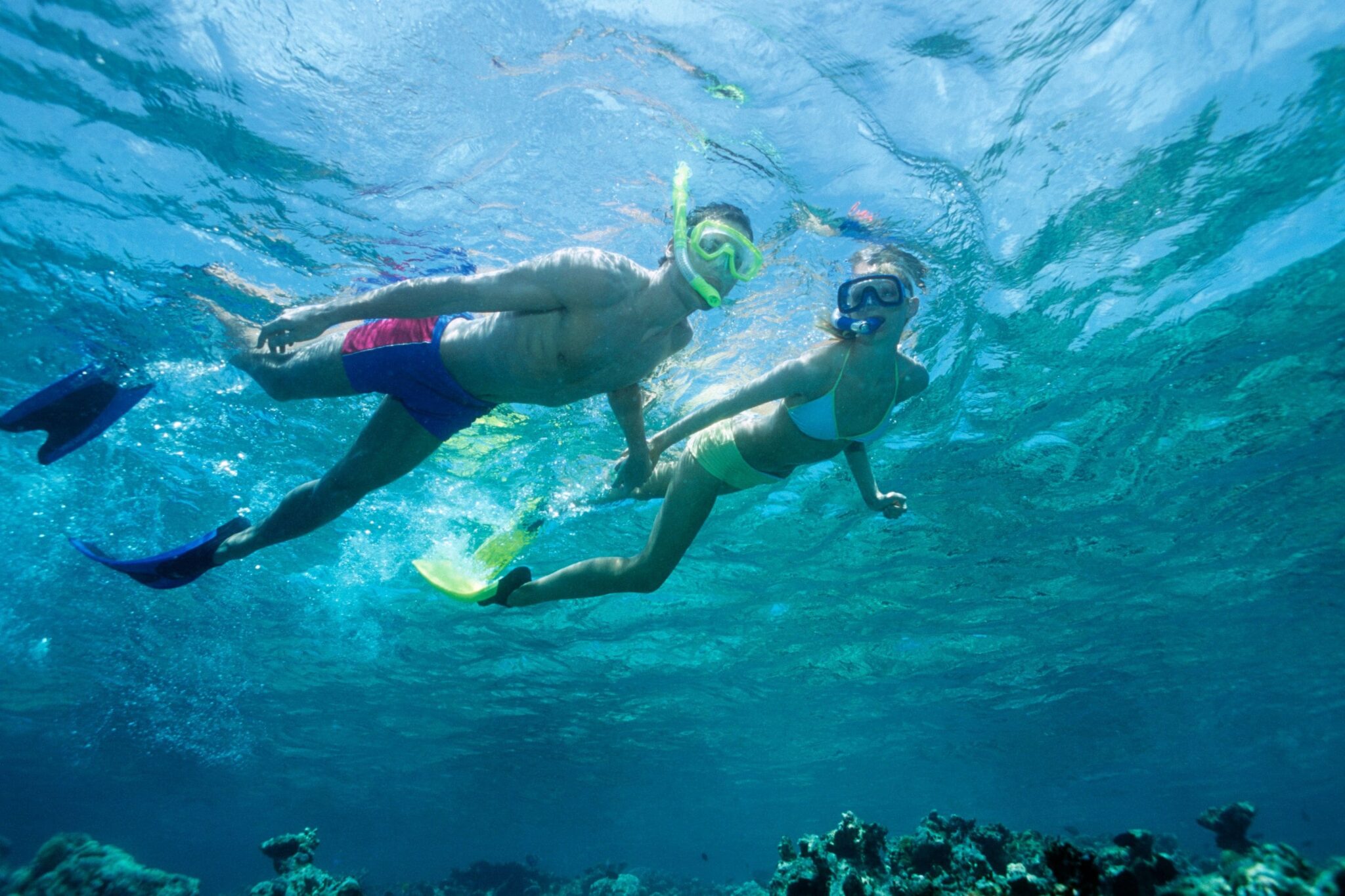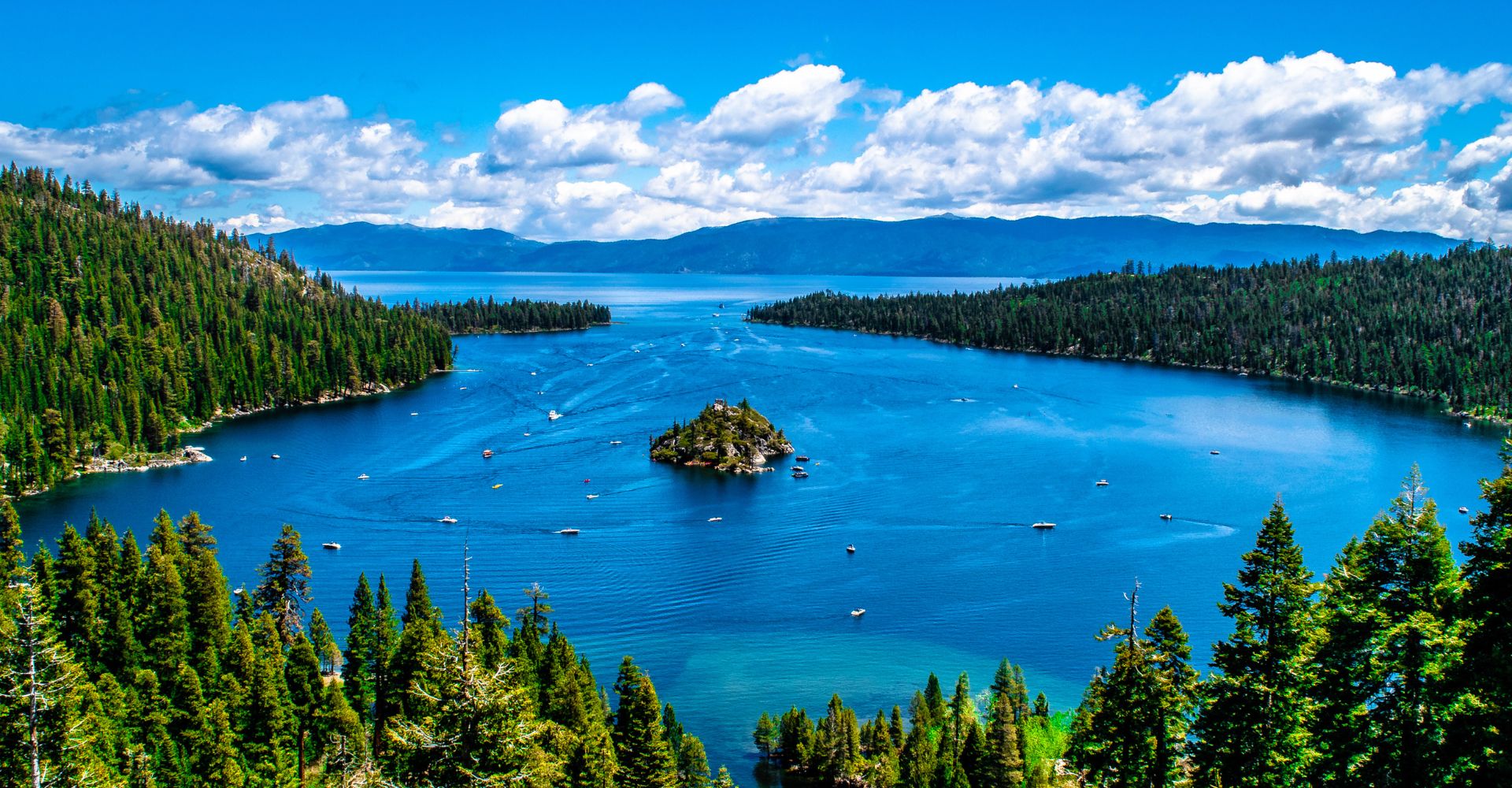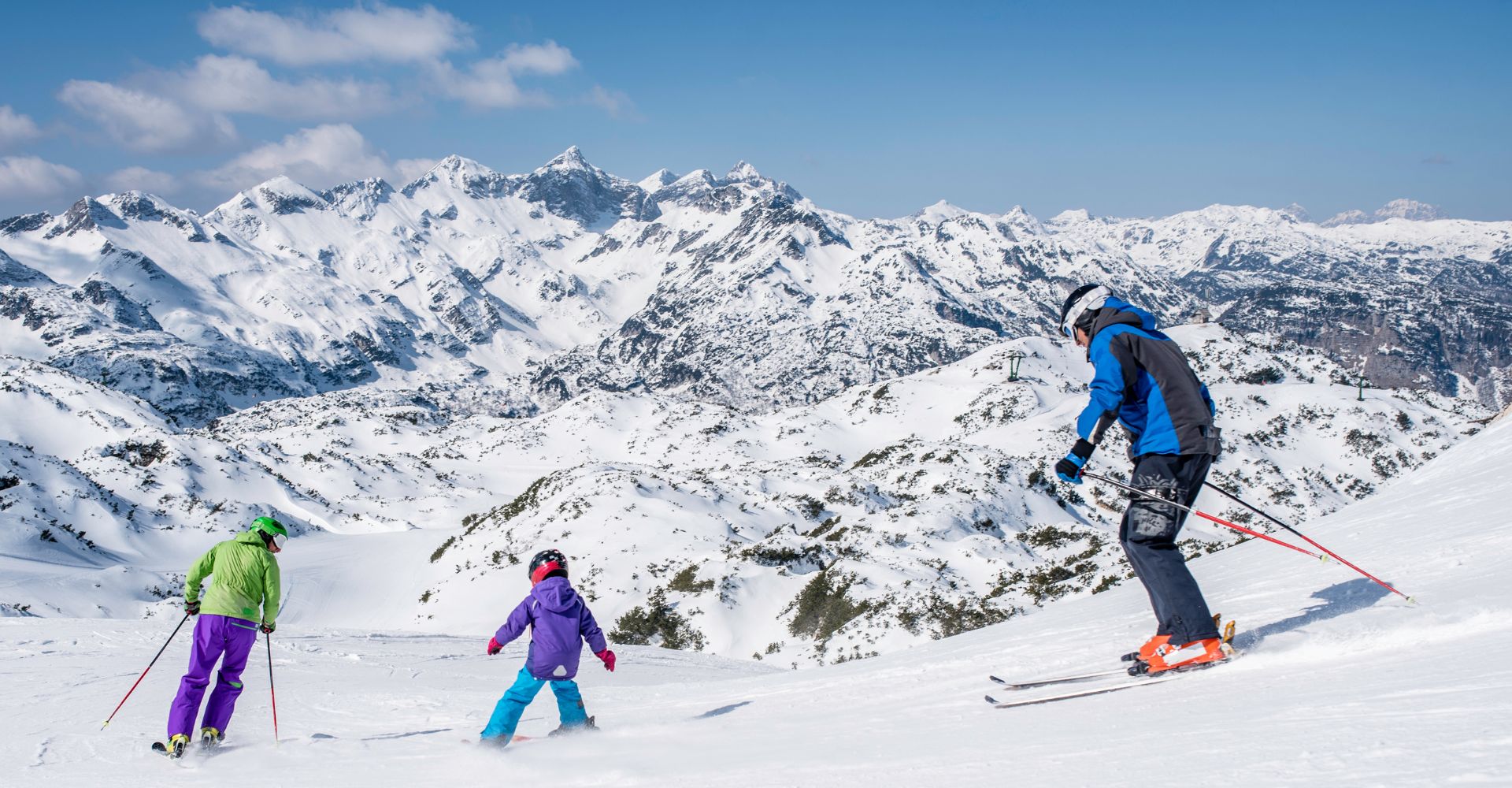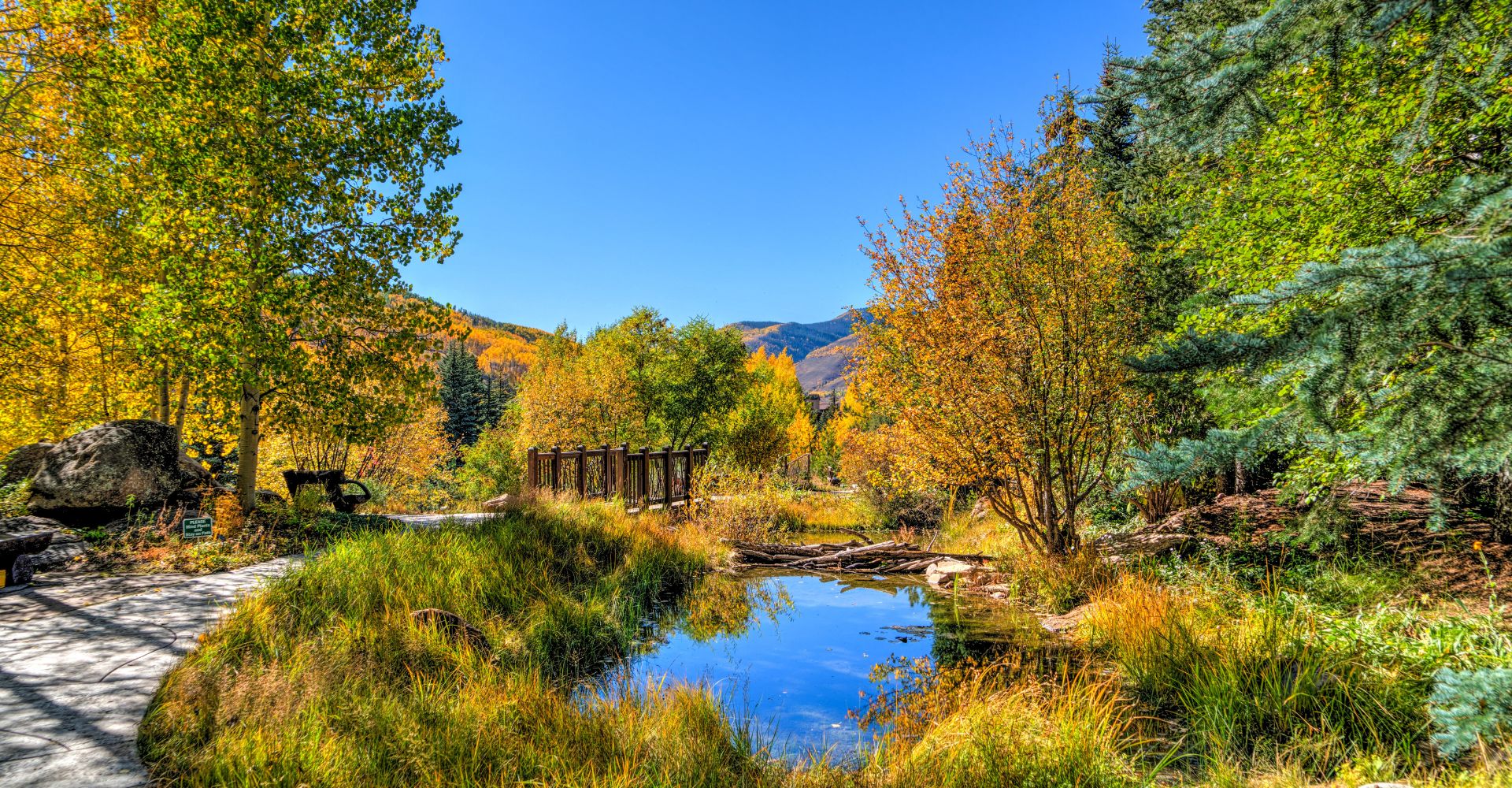Mauna Kea Beach, also known as Kauna'oa Bay, stretches over a quarter of a mile and offers sandy-bottomed shores, less than 10 feet deep. It’s renowned for its pristine white sands and calm waters, making it a popular choice for families to frolic and play, and those seeking relaxation, but what about snorkeling? Is it worth donning the mask and fins? Let's dive in.
SNORKELING CONDITIONS AT MAUNA KEA BEACH
While not as renowned for its vibrant coral reefs as some of the other Big Island locations, Mauna Kea Beach offers a pleasant snorkeling experience, especially for beginners and families. You can enter the water from either side of the bay near the rocky points, then swim out past the shallow corals to access beautiful reefs teeming with life. Here's what you can expect.
- Calm Waters: The protected bay generally has calm conditions, making it safe and enjoyable for snorkelers of all levels.
- Sandy Bottom: Most of the bay is sandy-bottomed, offering easy entry and exit.
- Marine Life: You'll encounter a variety of fish, including colorful reef fish, and possibly the occasional sea turtle.
- Visibility: Water clarity can vary depending on weather conditions and wave action, but generally, visibility is good, especially in calmer conditions.
The beach has reefs at both ends; on the south side, the left side of the beach has a reef that's good for snorkeling in a straight line, and on the north end, the right side of the beach is more exposed and has rougher waves, but the reefs can be more interesting with more fish and sometimes sea turtles. This end is better for experienced snorkelers and strong swimmers.
THE BEST TIME TO SNORKEL AT MAUNA KEA BEACH
Mauna Kea Beach, also known as Kauna'oa Bay, is a picturesque spot on the Big Island of Hawaii, offering calm waters and a serene atmosphere. While snorkeling is enjoyable year-round, certain times of the year provide optimal conditions for underwater exploration. The summer months, typically from May to September, offer the most favorable conditions for snorkeling at Mauna Kea Beach. Here's why.
- Calm Waters: The ocean tends to be calmer during this period, providing better visibility and easier swimming conditions.
- Abundant Marine Life: Warmer water temperatures encourage a wider variety of fish and marine creatures to thrive.
- Pleasant Weather: Summer weather is typically sunny and warm, making it ideal for spending time in the water.
While summer is the peak season, snorkeling can still be enjoyable during the off-peak months of October to April. Be prepared for potential rain showers and windier conditions, and know that the water may be slightly cooler, so consider wearing a wetsuit for added comfort. During the off-season you can enjoy a more peaceful snorkeling experience with fewer people in the water.
Tips for a Memorable Snorkel
- Best Time to Visit: Early mornings or late afternoons often offer better visibility.
- Enter at the Rocky Points: The best snorkeling is typically found at the rocky points on either side of the bay.
- Respect Marine Life: Avoid touching or disturbing the coral and marine creatures, use reef-safe sunscreen to protect yourself from the sun while safeguarding the delicate marine ecosystem.
- Consider a Snorkel Tour: If you're seeking a guided experience or want to explore deeper areas, consider joining a snorkeling tour.
Overall, Mauna Kea Beach offers a relaxing and enjoyable snorkeling experience. While it may not be as teeming with marine life as some other spots on the Big Island, its calm waters and accessible location make it a great option for families or those looking for a casual snorkel adventure.
Check out our Vacation Rentals in Hapuna Bay. Call us at 888.598.6353 or email reservations@eastwest.com for help planning your next beach resort trip.







